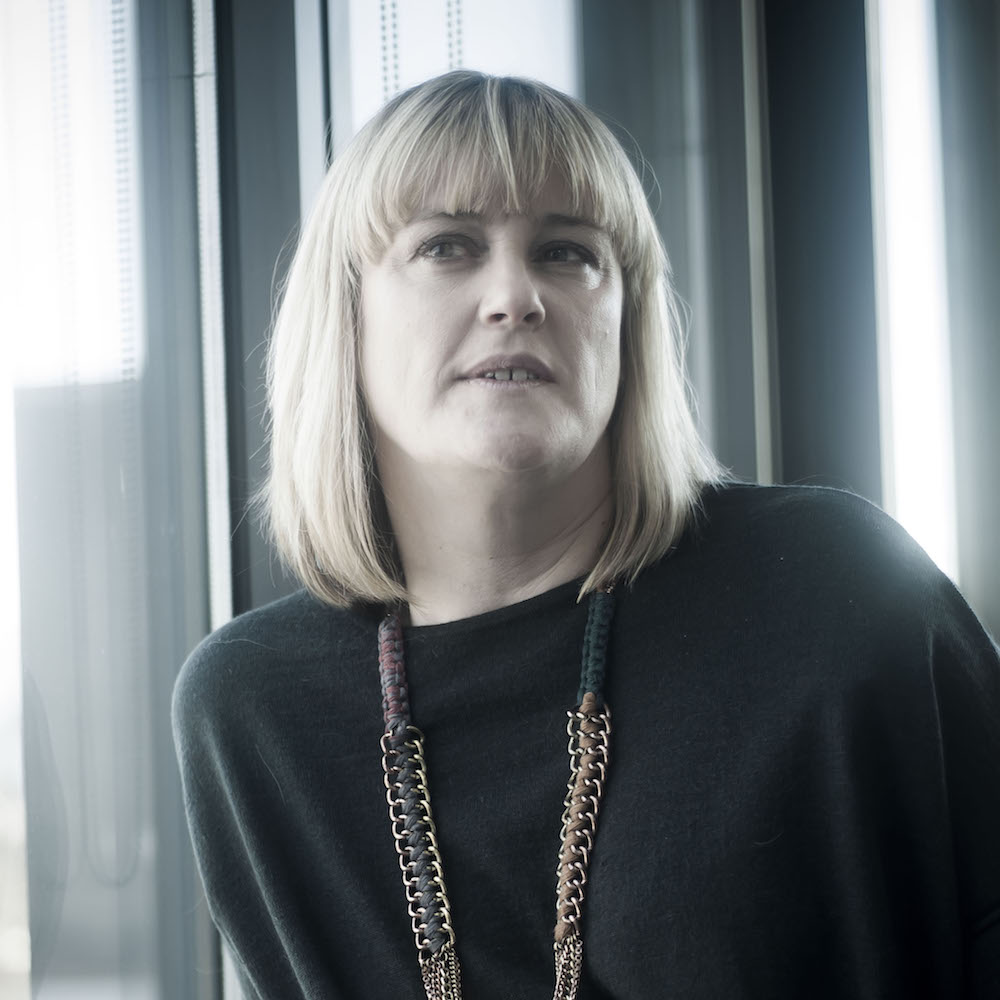Q&A: Harriett Hindmarsh, Corporate VP, Global Marketing & Communications at AECOM

Harriett Hindmarsh tells us what it’s like to embark on thought leadership for the first time
Following FT Longitude’s latest breakfast seminar, one of our panellists, Harriett Hindmarsh, shared her experiences of steering AECOM’s first ever thought leadership initiative and launching it at the World Economic Forum at Davos. As Corporate Vice President for Global Marketing and Communications, Harriett works with business leaders at AECOM to build brand awareness and direct the firm’s strategic positioning.
Welcome, Harriett. Can we start with what thought leadership means to you?
Thought leadership is about saying something new and having a fresh perspective to share on the hot topics of the day. For me, and for AECOM, thought leadership helps our clients understand us.
Three years ago, we doubled in size, changing who we are and what we do. AECOM isn’t a household name – yet! – so not every organisation knows who we are, or the services we provide. In many instances they didn’t view us as a knowledge partner. But we’re using thought leadership to change that.
The Future of Infrastructure campaign has been a significant investment for AECOM. Can you tell us more about it and the idea of launching it at the World Economic Forum in Davos?
We’ve had a ‘thought leadership’ platform for a number of years, but in reality it was really content marketing. One of our ambitions is to be viewed as a market leader in target markets, so we knew we had to do something different.
So this year we worked with FT Longitude to produce a thought leadership campaign, built on research. And we took it to Davos, where we knew there was an audience that was crying out for insights from organisations such as AECOM into the future trends in infrastructure.
It was a big leap of faith. We invested significantly in the event and presented the report to a very senior audience there, which worked incredibly well for us. The people we talked to at Davos were very engaged and incredibly receptive to the findings. I think the reason it worked so well is because the report hit all the main themes in infrastructure that the audience at Davos was discussing. And the insights were supported by sound research, which gave it credibility. Feedback from that trip alone was fantastic.
So how do you actually measure the results? How do you track the budget and calculate the ROI?
It’s important to note that this is the first global report we’ve done, so I would be honest and say that we’re always learning. But what I think has made it such a huge success – and will continue to do so – is that publishing the report is just the very start of a long-term campaign for us.
In my experience, many firms, even now, release the main report with a big PR and ad campaign in the first few weeks to drive traffic to the report, then move straight on to the next one. But we realise that we have this fantastic asset that we can use. So for AECOM it’s about building on the success of Davos and reshaping the content to make it relevant to each of our target markets.
In terms of measuring the ROI, I recently presented on the success of the launch programme to our board of executives. I talked about some very early stats related to its release – who we’ve sent it to, who’s downloaded it, etc. – but I can’t tell them about the overall success yet.
Ultimately, that success is driven through our supply chain. We’re briefing our sales team who are looking at who our key clients are and creating a secondary content strategy for the whole supply network.
The entire success of this campaign will be based on how we move the needle. That and brand awareness are the criteria we’ll be looking at. It’s not about the number of downloads – it’s about the impact.
How important is it to have a spokesperson or an advocate high up in the organisation to front the campaign?
In my experience, it is crucial to have a spokesperson – or a number of spokespeople, depending on the market – who helps you to drive the campaign both internally and externally.
And if you get your CEO on board to be that person, then that’s even better! Thought leadership is about having one big idea that everyone in the organization can get behind, so support and advocacy for it – starting at the top – is absolutely imperative, in my view.
You alluded to the difference between content marketing and thought leadership earlier. How do you define the two?
Content marketing, and our approach to content marketing is taking existing information, repackaging and publishing it to speak to our clients’ needs. True thought leadership is about saying something new that’s relevant and timely and weighs in on the big issues that matter to your audience. To do that with any real authority you need to have original research and serious insight that reframes the debate.
Hear Harriett’s top tips for developing successful thought leadership:
We’ll be sharing more detailed insights from our expert panel here on the blog soon. If in the meantime you’d like to find out more about how to use innovative research and content-led campaigns to achieve competitive advantage, get in touch with our team.






 Back
Back

 Book a meeting
Book a meeting
 Book a meeting
Book a meeting

